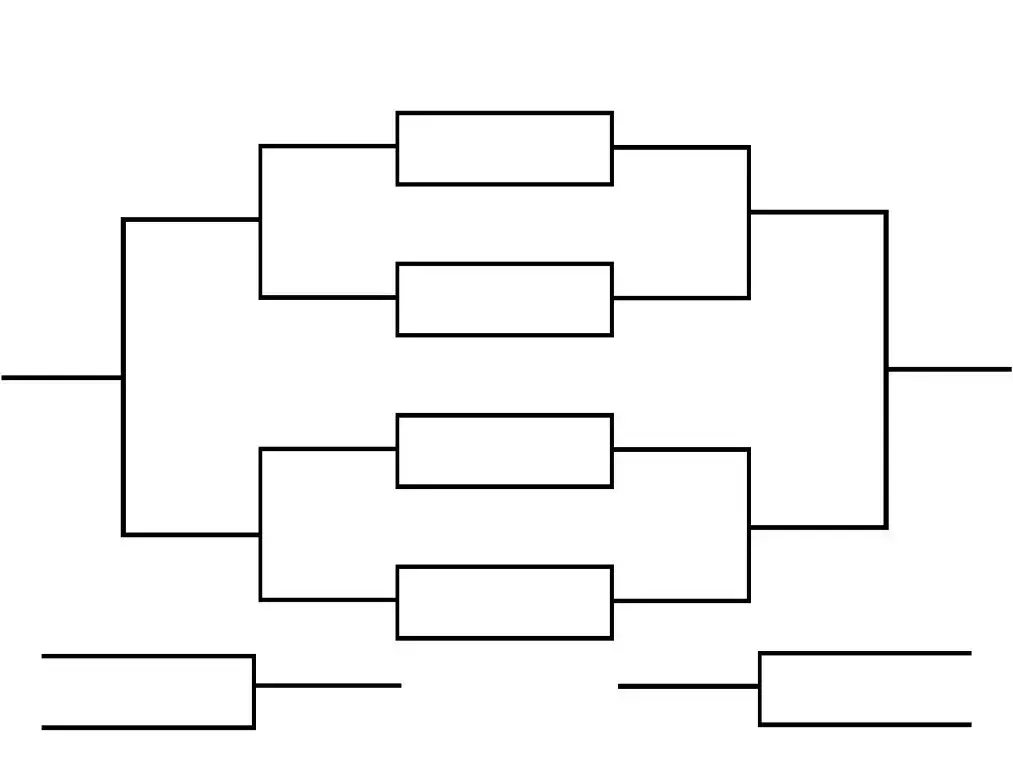The Tournament Bracket form is similar to a Sports League Schedule. Both documents outline the structure and progression of games within a competitive setting. The Sports League Schedule specifies dates, times, and matchups for teams, allowing participants and fans to track the flow of the season. Like the Tournament Bracket, it visually represents the order of events and includes information on winners and losers, ensuring clarity on team standings throughout the league.
Another comparable document is the Playoff Bracket. This form serves a similar purpose by detailing the elimination process for teams vying for a championship title. Just as the Tournament Consolation Bracket shows how teams progress through consolation games, the Playoff Bracket illustrates how teams advance through rounds until a champion is determined. Both documents are essential for maintaining organization and transparency in competitive sports.
The Round Robin Schedule shares similarities with the Tournament Consolation Bracket in that it provides a structured format for competition among multiple teams. In a Round Robin setup, each team competes against every other team, and results are recorded to determine rankings. Like the Consolation Bracket, it emphasizes match outcomes and can lead to determining final placements, albeit with a different competition format.
A Team Standings Chart is also akin to the Tournament Consolation Bracket. This document tracks team performance throughout a tournament or season, listing wins, losses, and points earned. While the Consolation Bracket focuses specifically on the consolation aspect of the tournament, the Team Standings Chart offers a broader view of overall team performance, helping fans and participants understand each team's journey.
The Match Results Sheet is another document that parallels the Tournament Consolation Bracket. This sheet records the outcomes of individual games, including scores and key statistics. It serves as a detailed account of each matchup, similar to how the Consolation Bracket summarizes the progression of teams through the tournament. Both documents are vital for maintaining accurate records and providing insights into team performance.
A Registration Form for participants can also be compared to the Tournament Consolation Bracket. While the Registration Form collects essential information about teams and players, the Consolation Bracket organizes the competitive outcomes based on that information. Both documents are foundational to the tournament structure, ensuring that the right participants are involved and that their progress is accurately tracked.
Lastly, the Event Schedule is similar to the Tournament Consolation Bracket in that it outlines the timing and sequence of events. An Event Schedule provides participants and spectators with a timeline of games, including start times and locations. Like the Consolation Bracket, it helps everyone involved to stay informed about when and where competitions will take place, ensuring a smooth and organized experience for all.

